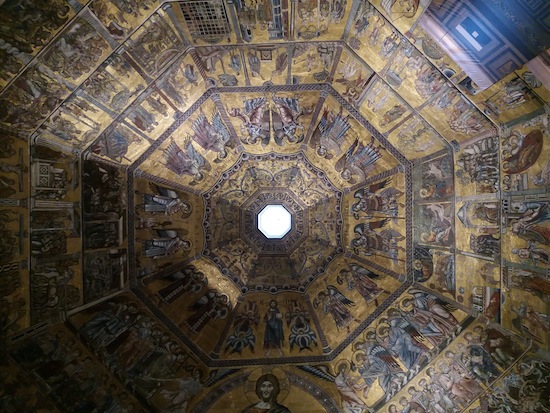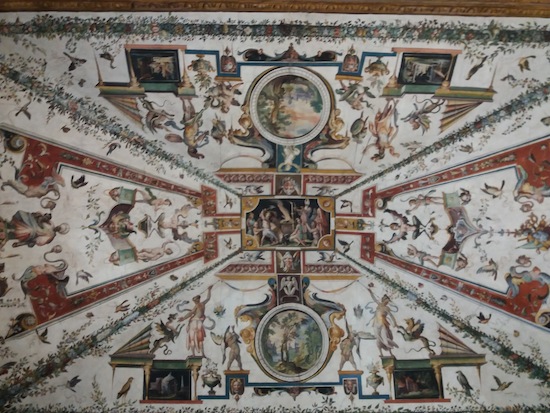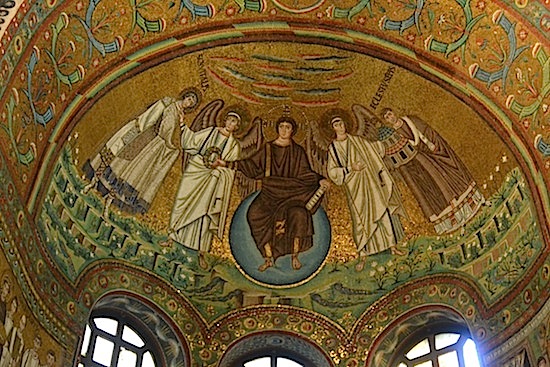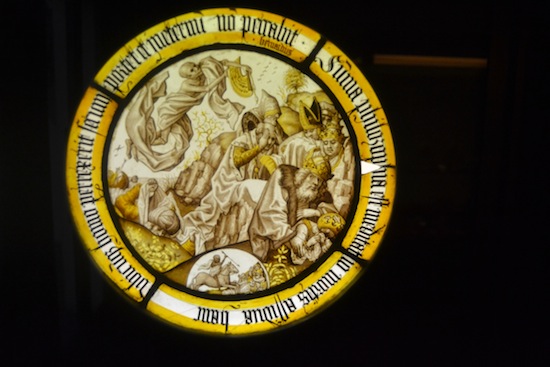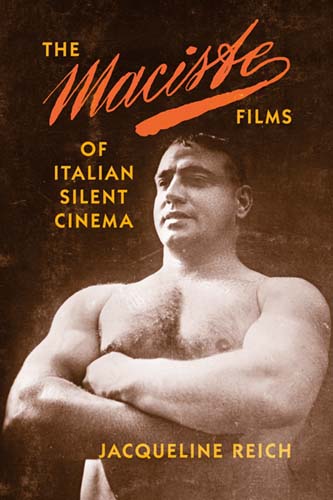
The mighty muscleman Maciste has battled his way across millions of cinema screens around the globe, toppling tyrants, aiding the oppressed, vanquishing monsters, and taking on evil armies. Yet most of the world doesn’t even know his name. Instead, Maciste has gone undercover with pseudonyms such as Colossus, Atlas, Goliath, and most often, Hercules.
Maciste first appeared in the Italian sword-and-sandal (peplum) boom of 1957–1965 in Maciste in the Valley of the Kings (1960), which became Son of Samson in English-speaking territories and started the tradition of erasing the character’s name outside his home country. Maciste featured in twenty-four more pepla over the next five years, placing him second only to Hercules in the pantheon of sword-and-sandal strongmen. Since I started these “Peplum Populist” articles a year and a half ago, I’ve examined four Maciste films — and just one has “Maciste” in its English title, Maciste in Hell (1962), and that was only in the U.K. It became The Witch’s Curse in the U.S. I’ve come across only two Maciste film that use his name in the English dubbing, and in Colossus and the Headhunters he still lost his name in the title.
So who is this brawny Italian superman? Why did everyone in Italy seem to know who he was and hold him almost equal to Hercules at the movie palaces?
The short answer: Maciste is a hero created not from myth, folklore, or poetry, but from movies. The long answer: well, it’s a long answer, hence why this article exists. I’ve wanted to explore the whole “Maciste issue” at length, and discovered the best approach was to go right to the source — Maciste’s roots in the silent films of Italy. The most extensive English study on the topic is The Maciste Films of Italian Silent Cinema by Jacqueline Reich (Indiana University Press, 2015). Consider this your history of the origin of Maciste by way of a book overview.
…
Read More Read More
